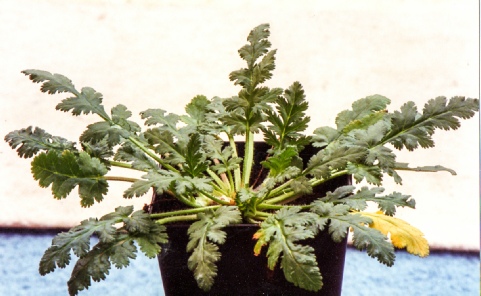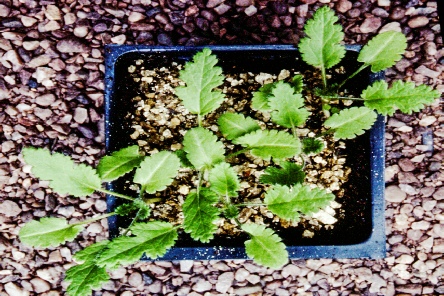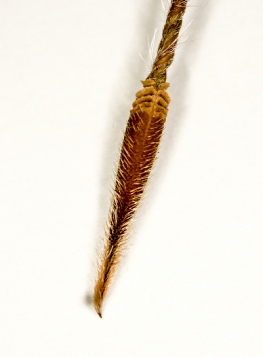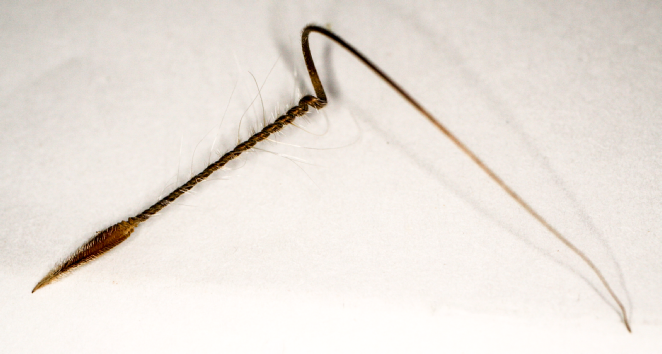Erodium
and California
This site was created and is maintained by Benjamin Coultrup.
Photos all ©Benjamin Coultrup unless otherwise indicated, 1984-
Clade I, Subclade 1
Subgenus Erodium
Clade I, Subclade 2
Subgenus Barbata
Clade II, Subclade 3
Clade II, Subclade 4
-
-
Erodium botrys (Cav.)Bertol.
Herb; caulescent annual, stems hairy more or less rambling, to 40cm.





Leaves: Basal leaves numerous, in a flat rosette at first, entire, upto 50mm, variable but upper leaves pinnatifid, not pinnatisect.
Inflorescence: Umbels of 1-
Fruit: Mericarp 10-
Plants with flowers of dull bluish-
Distribution: Endemic to Mediterranean, but now global in unsprayed dry places, in deep sandy soils often on roadsides.
Mericarp and awn of E. botrys
Mericarp of E. Botrys clearly showing the multiple furrows.
E. botrys, showing an upper leaf.
Seedlings of Erodium botrys, with first true leaves. Note the cotyledons have many incisions.
Young plant showing basal leaves.